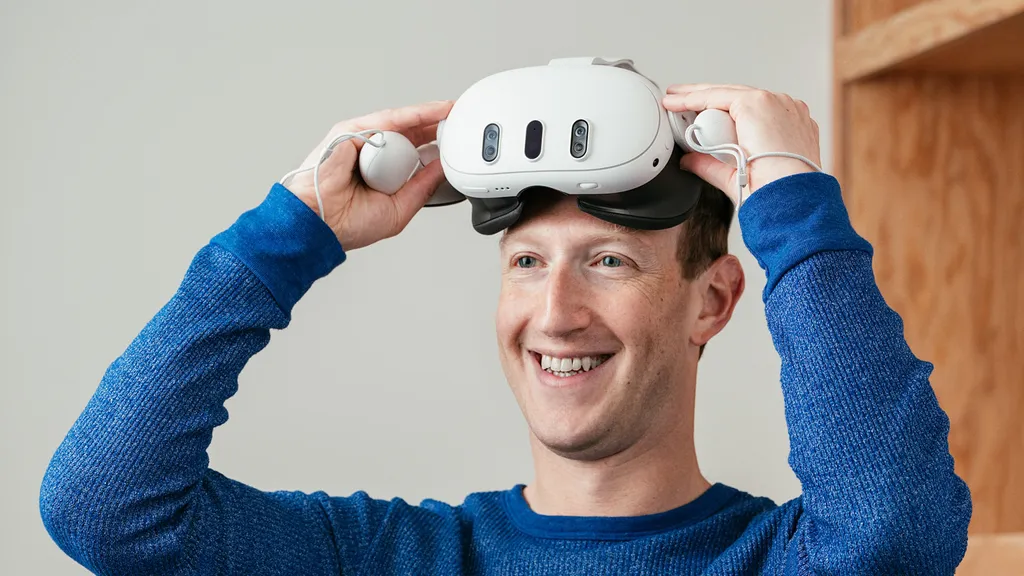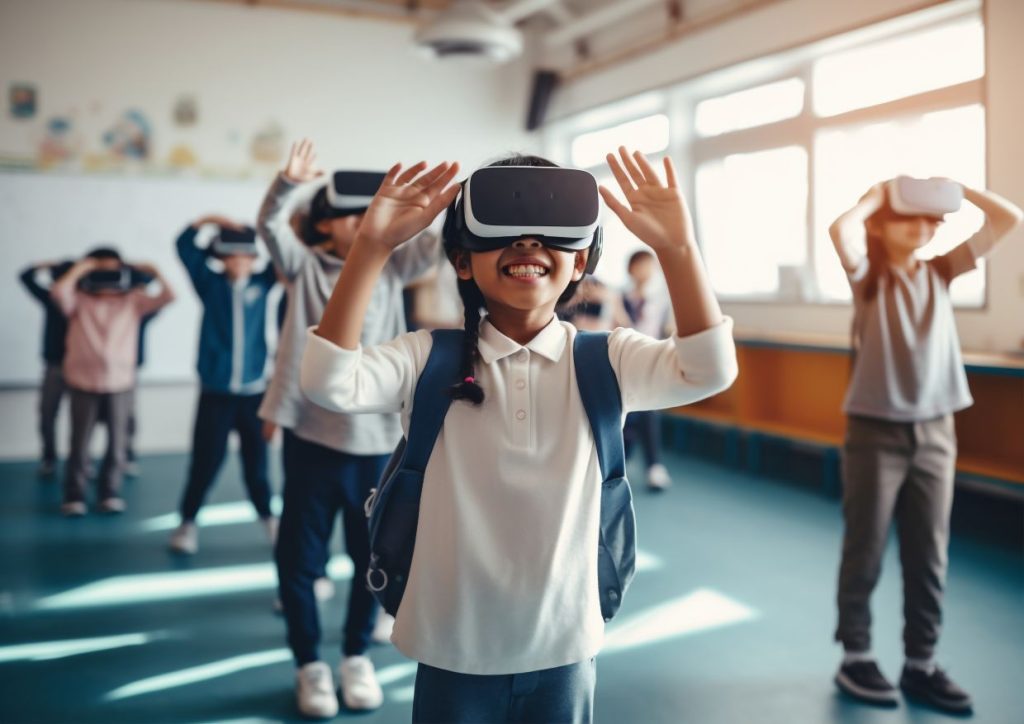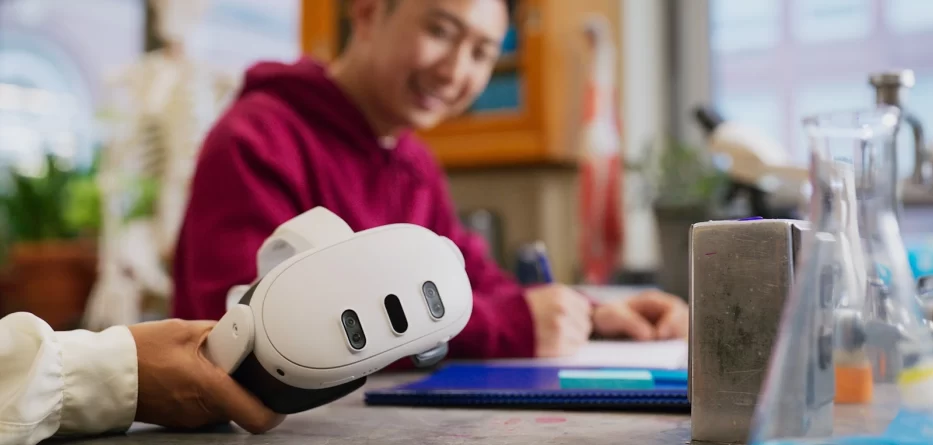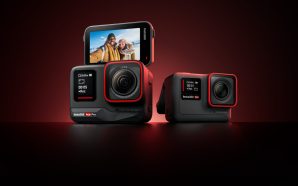Introduction

In a digital age where technology constantly evolves, Meta is taking a significant leap forward by integrating Virtual Reality (VR) into educational environments. With the introduction of Meta’s Quest VR headsets, schools are poised to transform traditional learning paradigms into immersive, interactive experiences. This initiative not only promises to enhance the way subjects are taught but also aims to make complex concepts more accessible and engaging through virtual explorations.
The Evolution of Educational Tools
Meta’s push to incorporate VR technology into the classroom marks a pivotal shift from conventional educational methods. By replacing “dusty textbooks” with dynamic VR experiences, students can virtually visit historical sites, dissect complex scientific models, and much more. Such technology not only enriches the learning experience but also caters to the diverse learning styles of students, making education a more inclusive endeavor.
Features and Capabilities
The upcoming educational product for Quest headsets is designed to support educators by providing them with a suite of tools for classroom management. Teachers will be able to control multiple devices simultaneously, streamlining the setup process and allowing for seamless transition between different educational VR applications. This functionality ensures that VR technology can be effectively integrated into daily lessons without significant disruption.

Educational Benefits
The immersive nature of VR provides students with unique learning opportunities that are otherwise impossible in a traditional classroom setting. For example, through VR, students can experience historical events firsthand or explore the human body from an intracellular perspective. These experiences are designed to enhance understanding and retention of complex subjects by engaging students in a hands-on, visual, and interactive manner.
Safety and Accessibility
Meta recognizes the importance of safety and accessibility in educational tools. The Quest headsets are being developed with these considerations in mind, ensuring that they are suitable for use by younger audiences. Moreover, Meta is committed to addressing the challenges associated with the hygiene and maintenance of VR equipment in schools, which is essential for the practical implementation of such technology on a large scale.

Potential Challenges
While the integration of VR in education presents numerous benefits, it also poses several challenges. These include the cost of devices, the need for robust technological infrastructure, and the potential for increased screen time, which can be a concern for young learners. Meta aims to address these issues by providing cost-effective solutions and ensuring that their VR products enhance rather than detract from the educational experience.
Conclusion
Meta’s Quest VR headsets represent a significant advancement in educational technology. By providing immersive, interactive learning experiences, these devices have the potential to transform how subjects are taught and understood. As this technology continues to develop, it could very well set a new standard for educational tools, making learning a more engaging, informative, and enjoyable process for students around the world.










